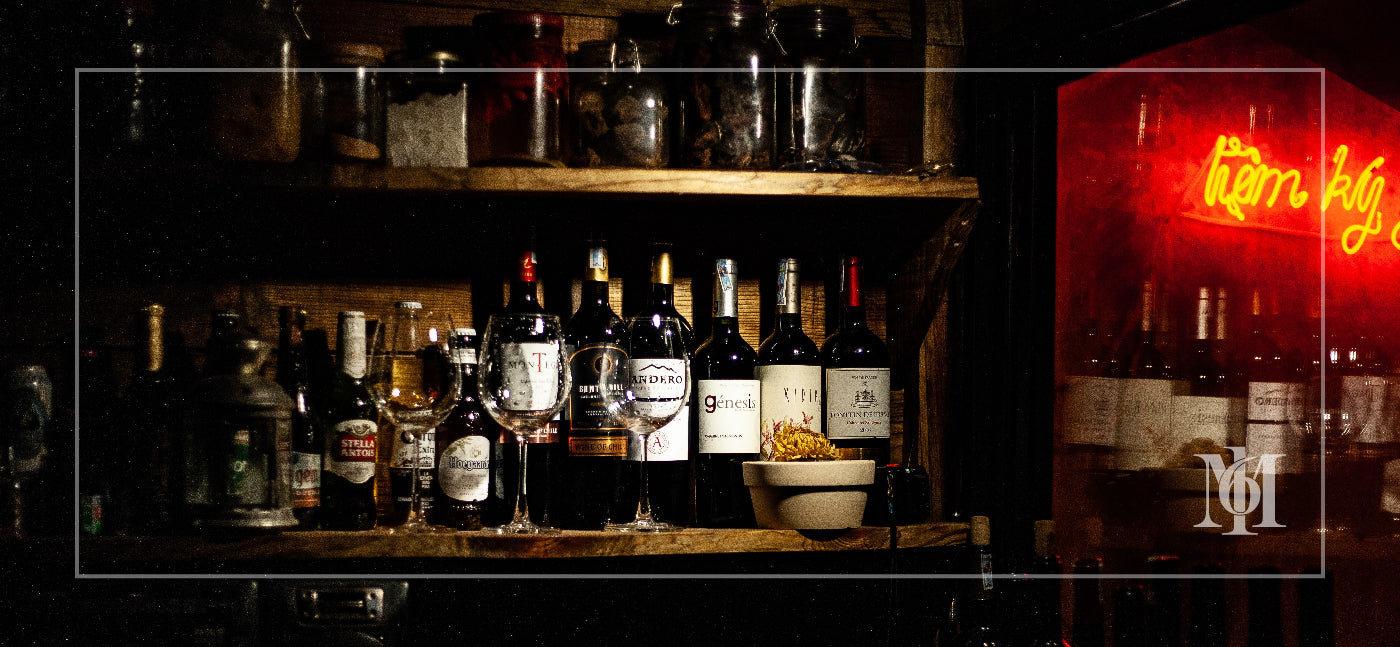There are wines that close with screw cap and others with cork, you know why?

There are wines that close with thread and others with cork
YOU KNOW WHY?
We all know that perfect evening is that in which a bottle of wine is discouraged and the afternoon goes around, causing each moment. The place does not matter and the company is each decision. The wine It is social and romantic. It has some ancestral and modern. It never happens in fashion and it is always a good idea, already take it on a terrace, serve you in your house or take it as invited to that of others.
ANDXiste a culture around wine, and is that Spain is the country where it was better drunk at the best price. And this has also led us to be something snobs in his election and tasting. We have ever slaughtered it in the cup and we have taken it to the nose by making us understand them.
That's why at Mesa16 we want to give you some tips so that you understand basic concepts that are generated around this drink.
Since a few years ago, a certain debate has been created around the stoppers that close wine bottles. There is a lot of talk of the advantages of the natural or synthetic cork, in front of the silicone and the thread, but the truth is that, in most cases, the characteristics and advantages of each of them are unknown. Is it a wine of worse quality? Why do not you wear a cork? Which is better?
It is clear that the plugs are essential because the wine needs to breathe, since in this way oxygenation occurs little by little and it is achieved that wine evolves. But the pressure of ecologists and high economic costs have favored alternatives to the natural cork.
Until recently, the cork was the only material that brought together the optimal conditions necessary for the conservation of wine bottles. The cork stopper has the ability to limit the oxygen entry inside and thus delay the natural oxidation of the wine since it is a porous and waterproof material carefully extracted from the cortex of the cork oak (without damaging the tree), which is originally from the Mediterranean.
To deal with possible problems for the use of cork, especially economic, plugged alternatives, such as synthetic cork plugs, silicone and thread metal capsules have been designed. So, who got us in the head the idea that cork was the ideal plug?

Due to the change of consumer habits, the philosophy of introducing new products has changed since wine producers want to access a fresh and dynamic consumer who seeks innovative things, not strict tradition. For this reason is bet on the screwcap. It is the easiest and most comfortable to open, since no corkscrew is needed. Is used for Young wines, of immediate consumption. Also in Los White wines, whose freshness is maintained and, can be stored vertically.
The custom of the screw plugs is mainly settling in the hospitality sector, because of its cost and because it is very practical, by quickly allowing and closing the bottle quickly and serving wine by glasses.
The appearance and use of this type of plugs have extended the wine producers of Australia, New Zealand and South Africa, mainly. Countries of Anglo-Saxon influence that are new wine producers worldwide and that have obviated the use of cork as a closing element.
Instead, Spain, Portugal and France, cork producers continue betting on the Traditional cork stopper. This cap is the most suitable for Guardian wines, who are expected, improve with time in bottle. It is suitable for the crianzas, reservations and large reserves.
The bottles plugged with cork should be tilted to prevent it from drying. While the cork is wet, it expands seaming the bottle stronger and dosing the air intake of the atmosphere almost to a minimum, providing the wine the oxygen that is stored inside the cork, naturally. The fact of opening a bottle is a ritual and it is always important to have a corkscrew.









